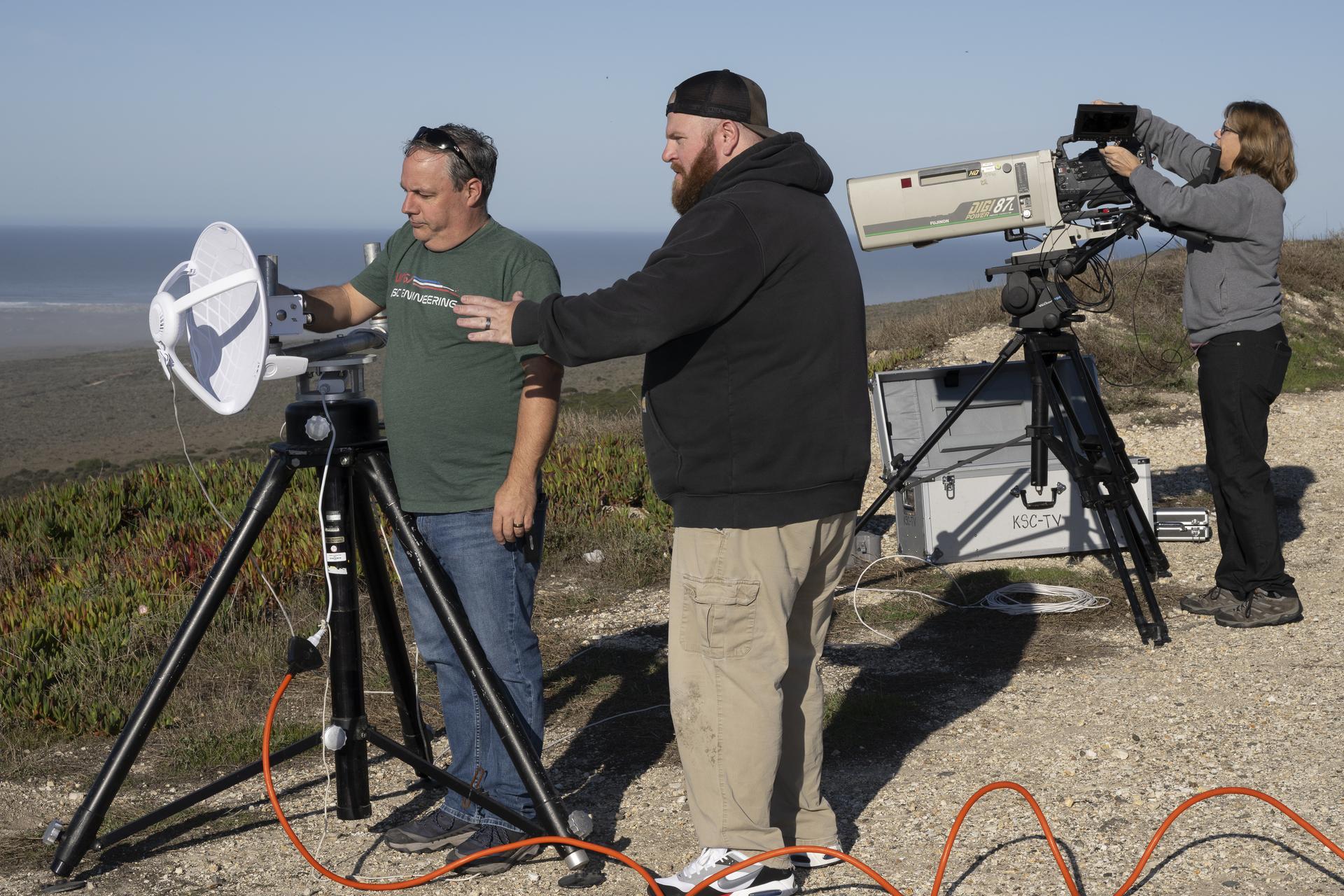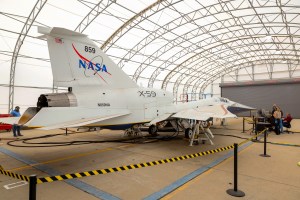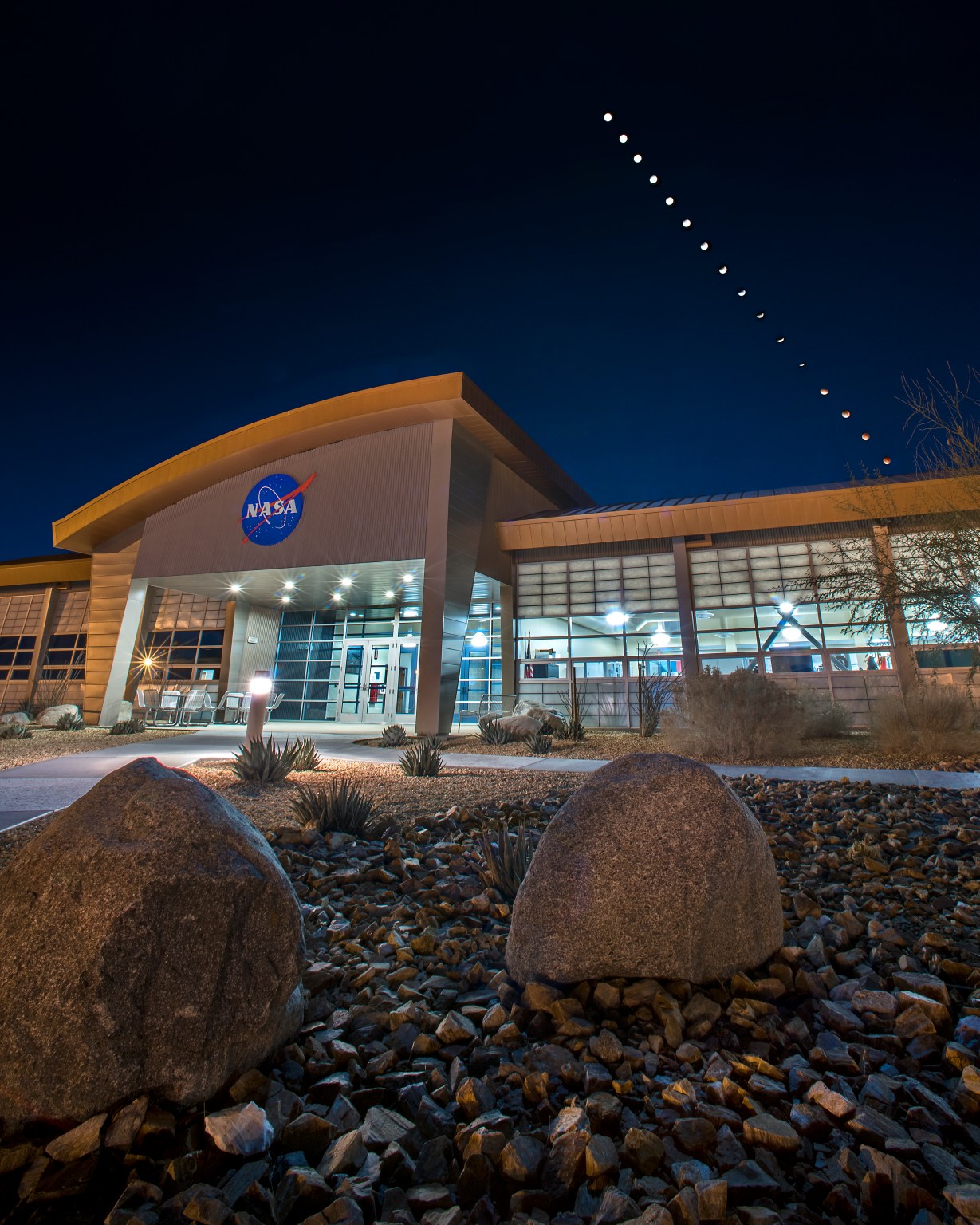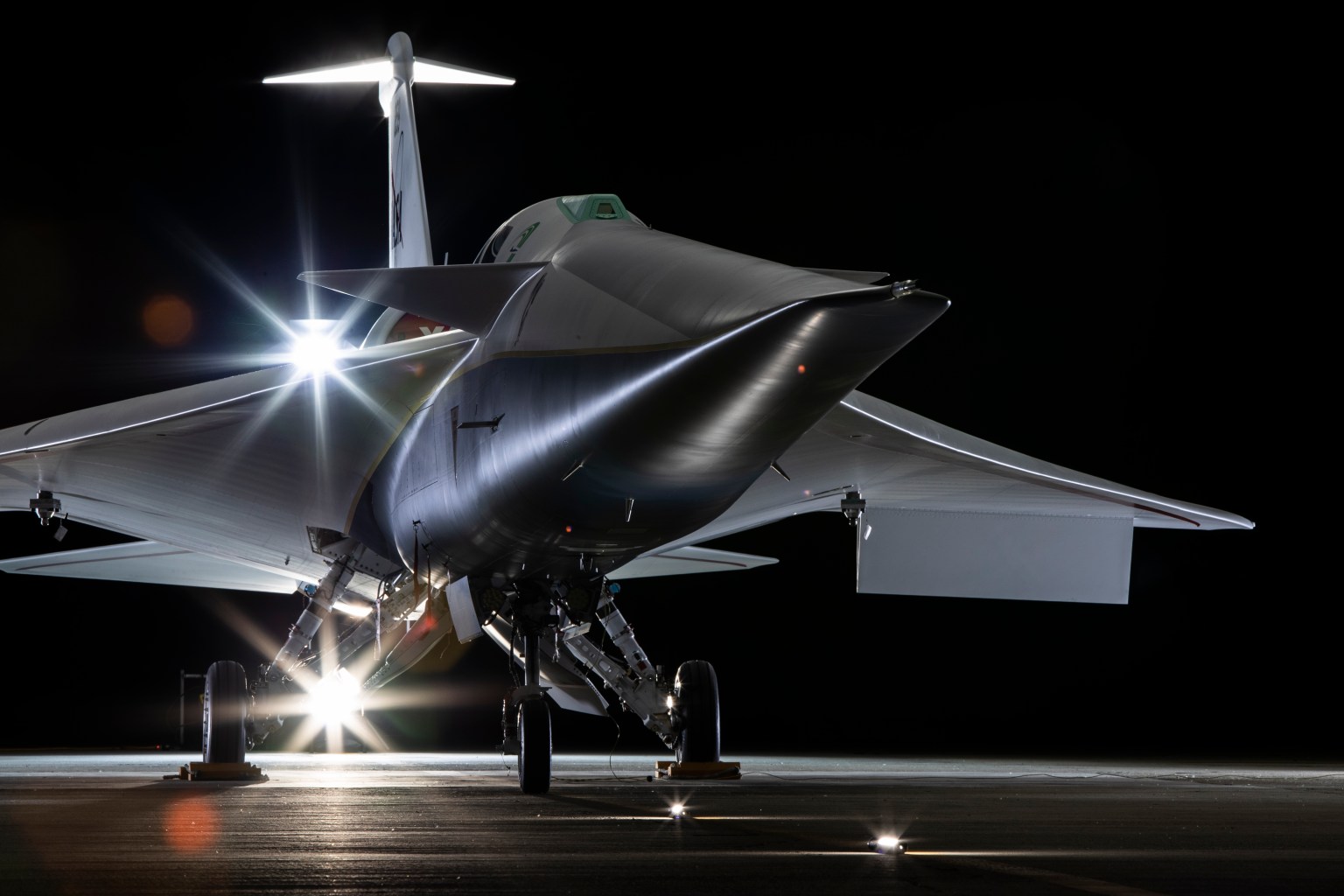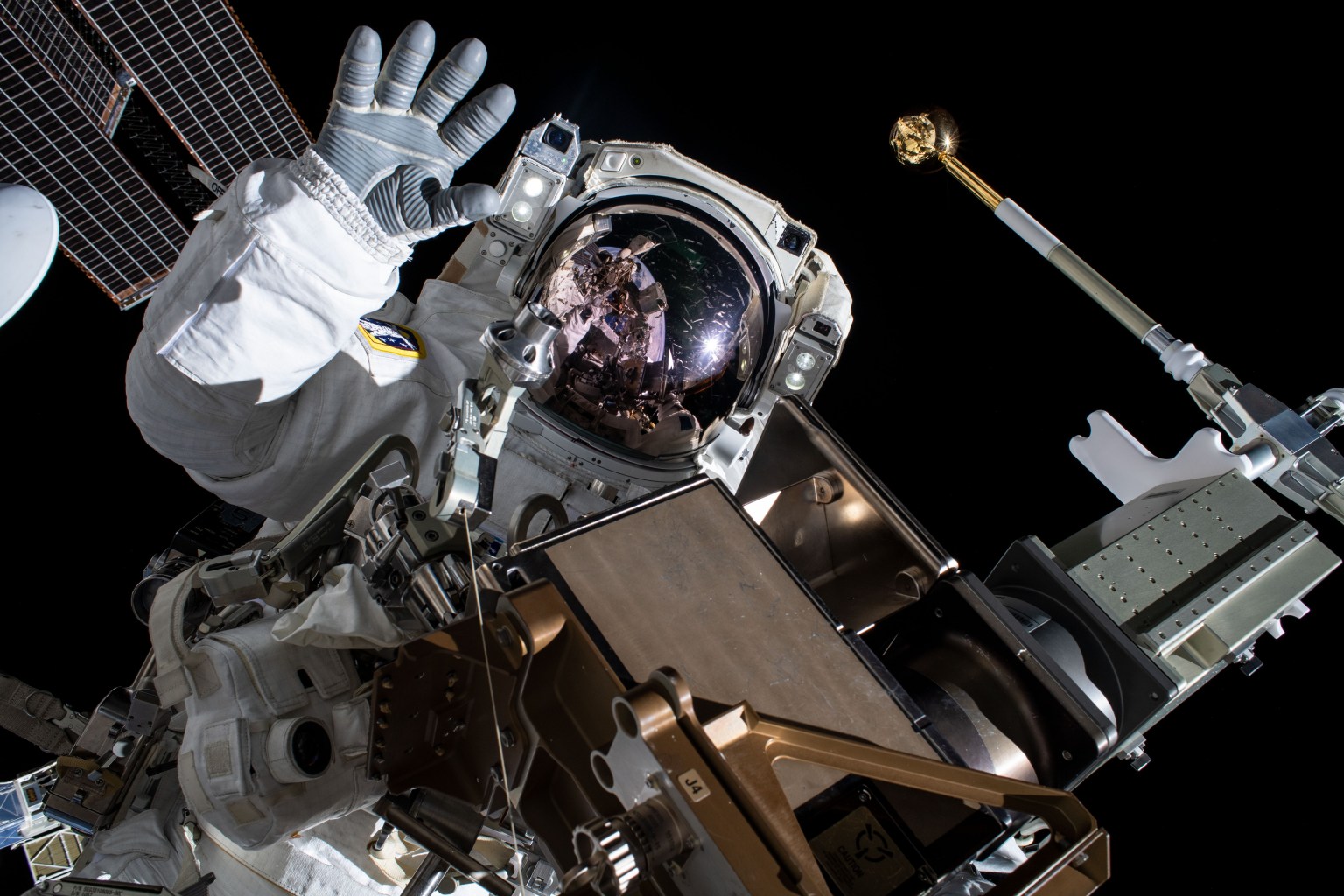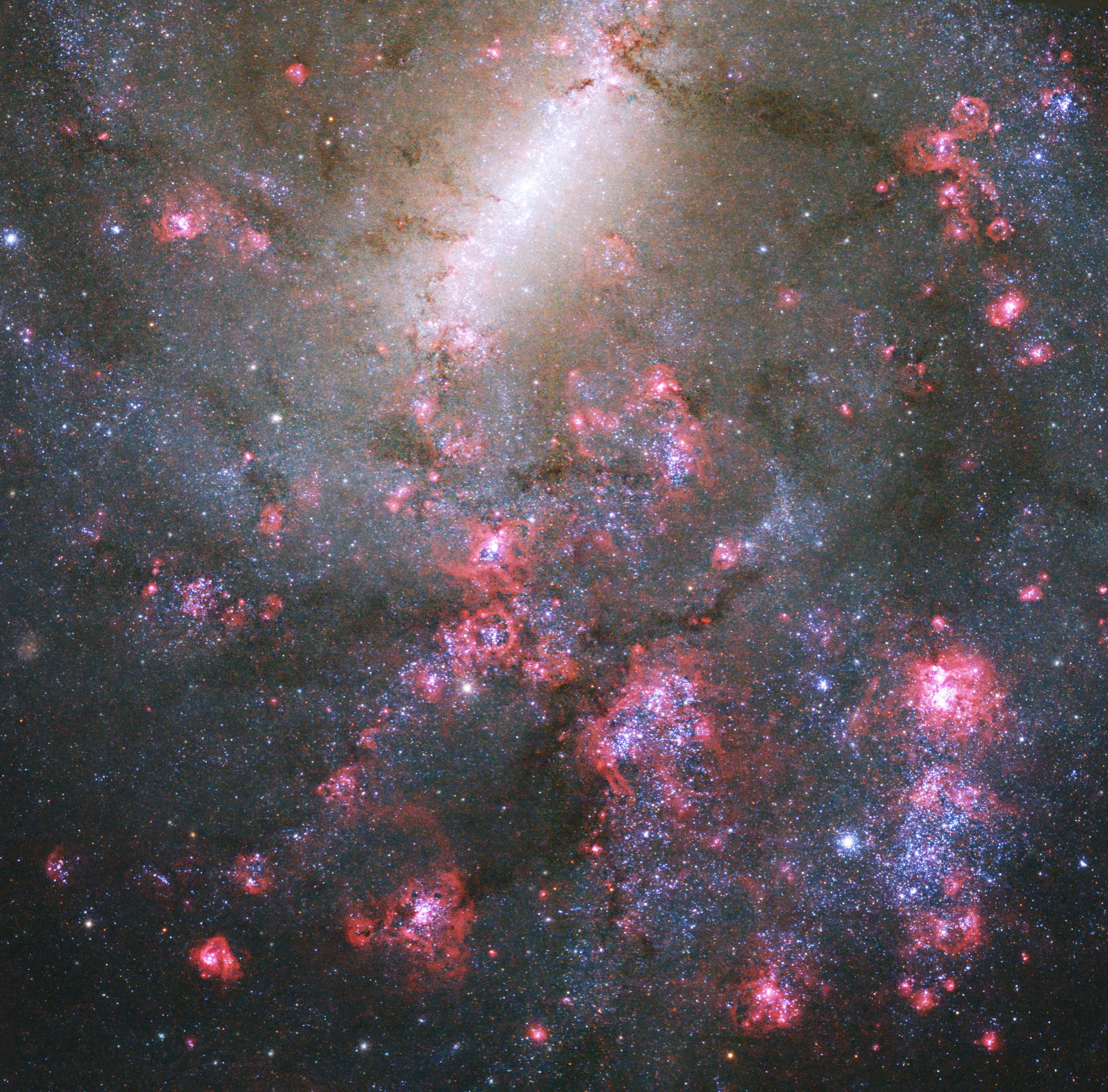NASA Videographer Wins Top Award for Capturing Human Side of Science
- NASA videographer Jacob Shaw has won first place in NASA’s 2024 Videographer of the Year Awards for his film “Reflections,” which chronicles the Airborne Science mission PACE-PAX.
- The award recognizes Shaw’s ability to capture the human side of science through his storytelling approach and style, which brings vision and creativity to documenting high-stakes missions.
- Shaw has been working with NASA’s Armstrong Flight Research Center since 2021, documenting dozens of missions and helping to share the center’s groundbreaking work with the world.
- The film “Reflections” showcases Shaw’s passion for video and his ability to craft meaningful stories from complex scientific data, highlighting the importance of visual storytelling in science communication.
- Shaw credits his father’s VHS camcorder as an inspiration for pursuing videography as a professional and personal passion, and is grateful for the creative freedom he has at NASA to bring his vision to life.
2 min read
Preparations for Next Moonwalk Simulations Underway (and Underwater)
Capturing the high-stakes work behind NASA’s Airborne Science Program takes more than just technical skill – it takes vision. At NASA’s Armstrong Flight Research Center in Edwards, California, videographer Jacob Shaw brings that vision to life, documenting missions with a style and storytelling approach all his own.
“Armstrong is full of cutting-edge flight research and remarkable people,” Shaw said. “Being able to shape how those stories are told, in my own style, is incredibly rewarding.”
Armstrong is full of cutting-edge flight research and remarkable people. Being able to shape how those stories are told, in my own style, is incredibly rewarding.
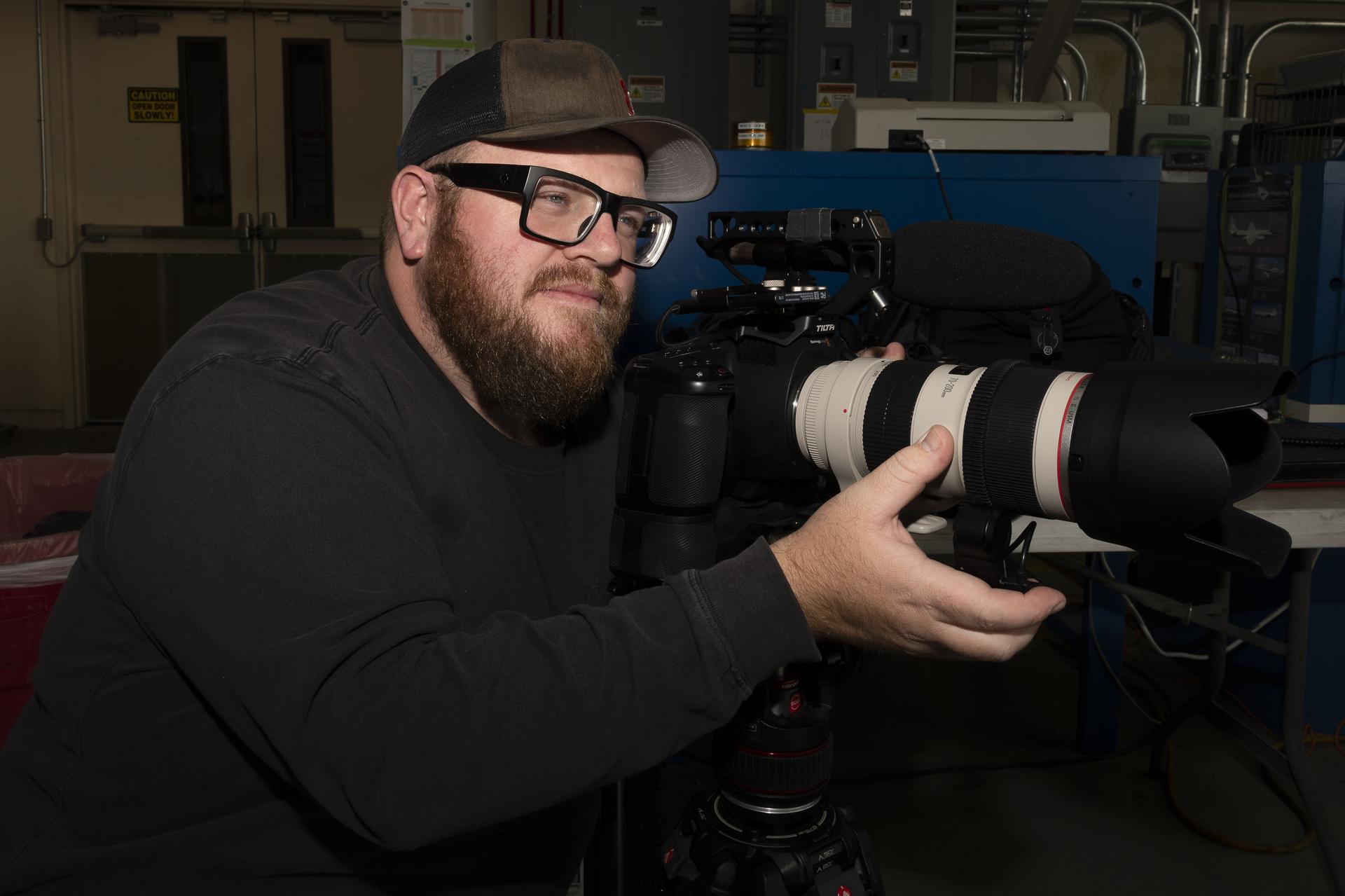
jacob Shaw
NASA Videographer
Shaw recently earned first place in NASA’s 2024 Videographer of the Year Awards, documentation category, for his film, “Reflections,” which chronicles the 2024 Airborne Science mission PACE-PAX – short for Plankton, Aerosol, Cloud, ocean Ecosystem Postlaunch Airborne eXperiment. The campaign used NASA Armstrong’s ER-2 high-altitude aircraft to collect atmospheric and ocean data in support of the PACE satellite, launched in February 2024.
“These missions are live, high-stakes operations – even if the crew makes it look effortless,” Shaw said. “I’m fascinated not just with capturing these moments, but with shaping them into meaningful stories through editing.”

Shaw’s passion for video began early, inspired by watching his father film family memories with a VHS camcorder in the early 1990s. He said seeing those moments captured made him realize the power of documenting reality and inspired him to pursue videography as a professional and personal passion.
“What I love most about creating videos for NASA at Armstrong Flight Research Center is the creative freedom I’m given to craft stories,” Shaw said. “I’m trusted to take a concept and run with it.”
Since joining the video team in 2021, Shaw has documented dozens of missions, helping to share the center’s groundbreaking work with the world.
“We’re a small crew that wears many hats, always stepping up to get the job done,” Shaw said. “I am thankful for their encouragement to submit my work [for this award], and proud to bring home the gold for Armstrong!”

